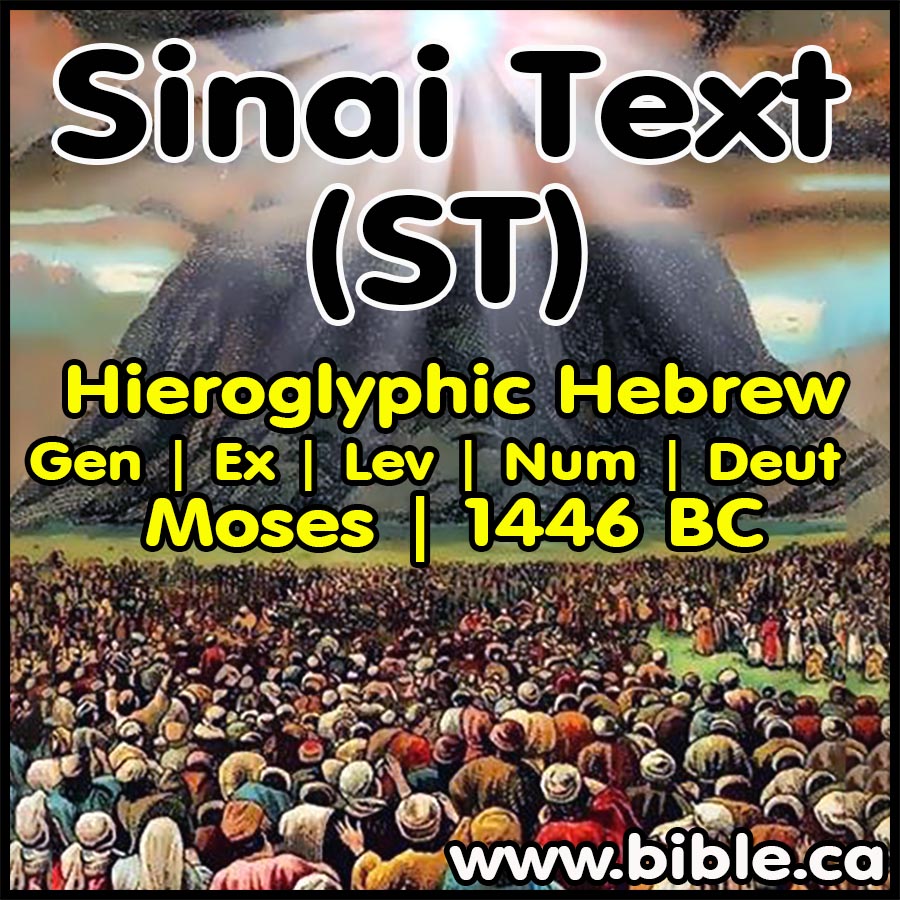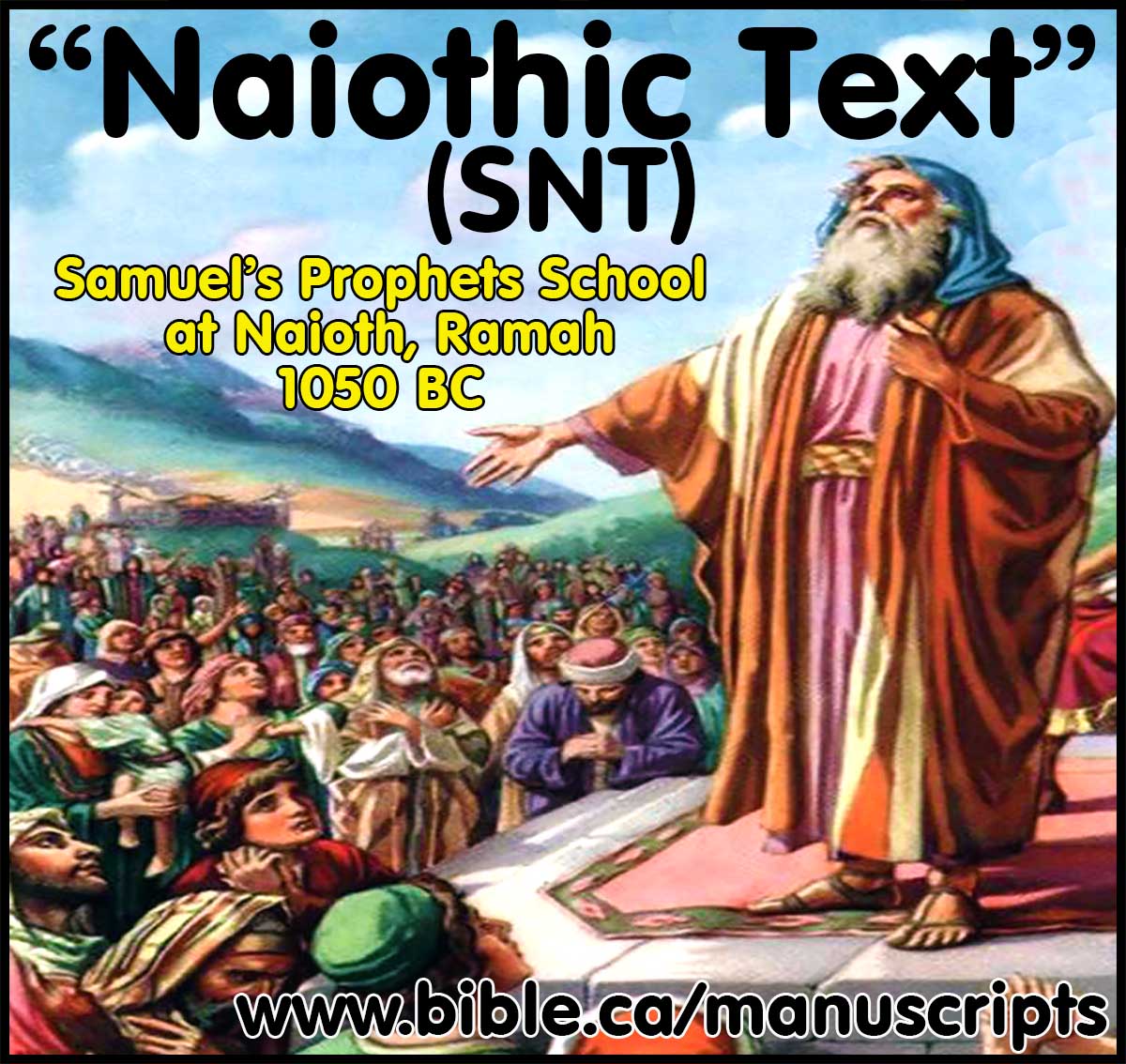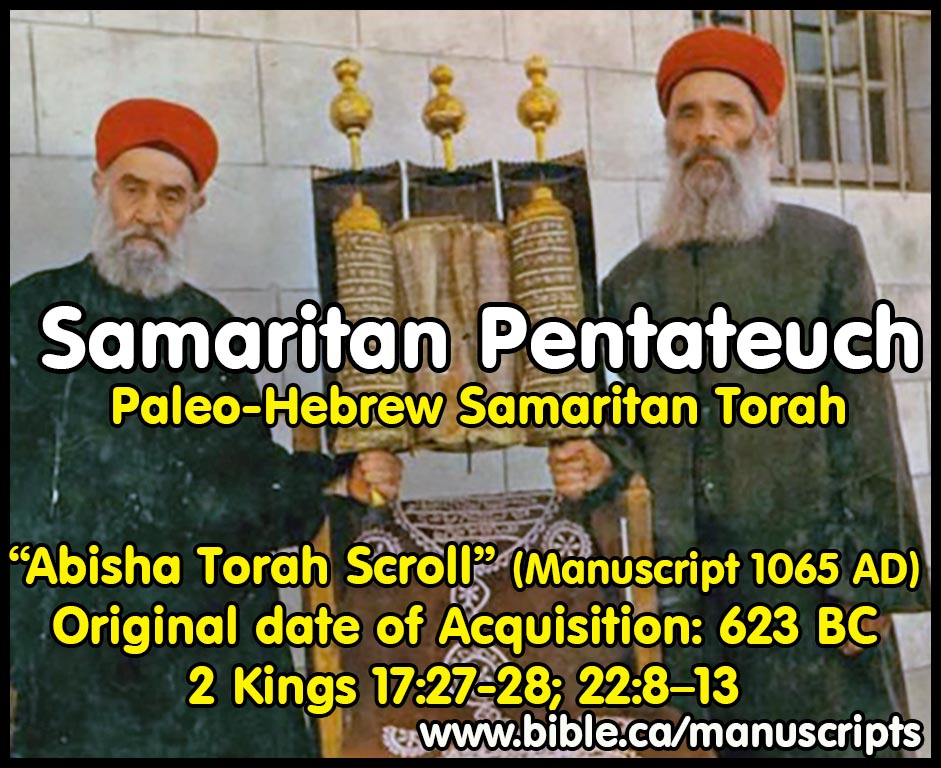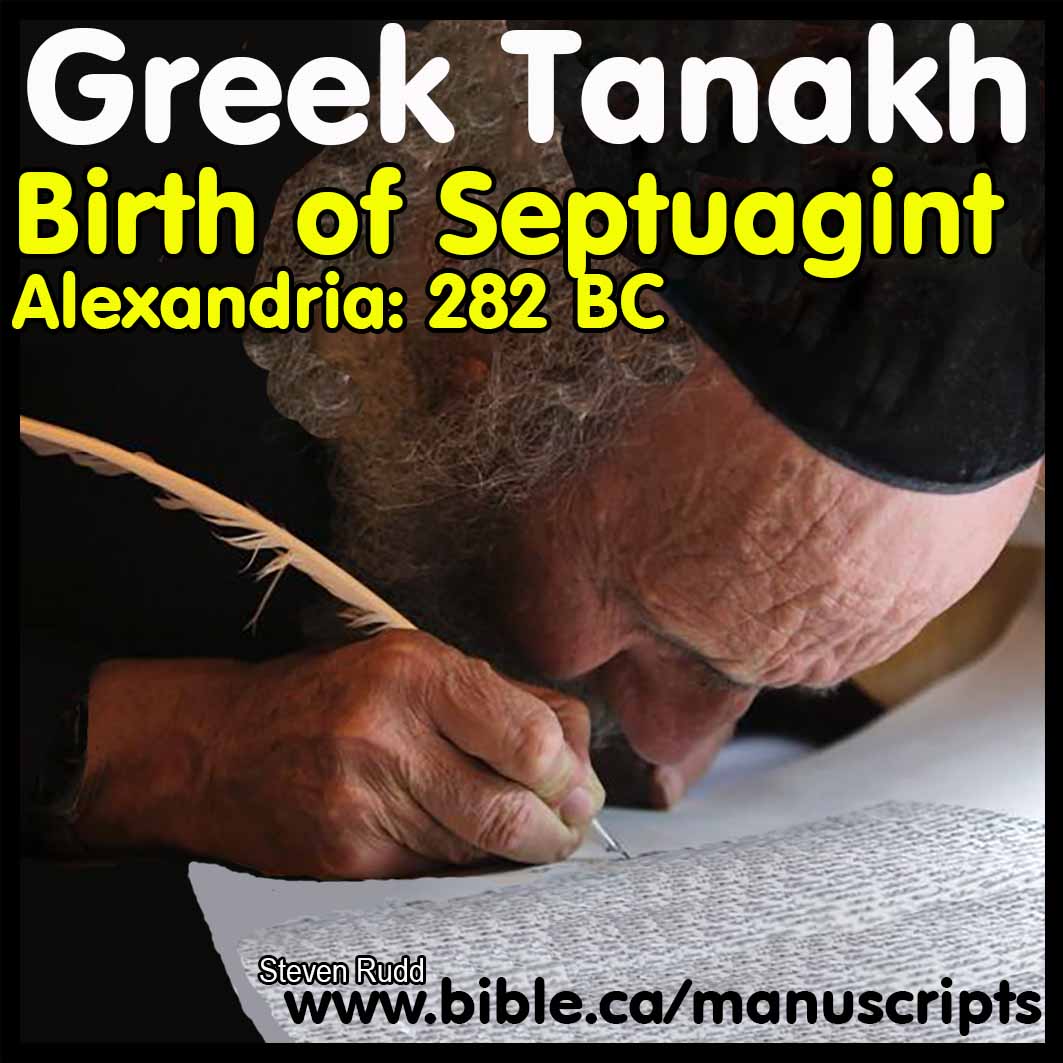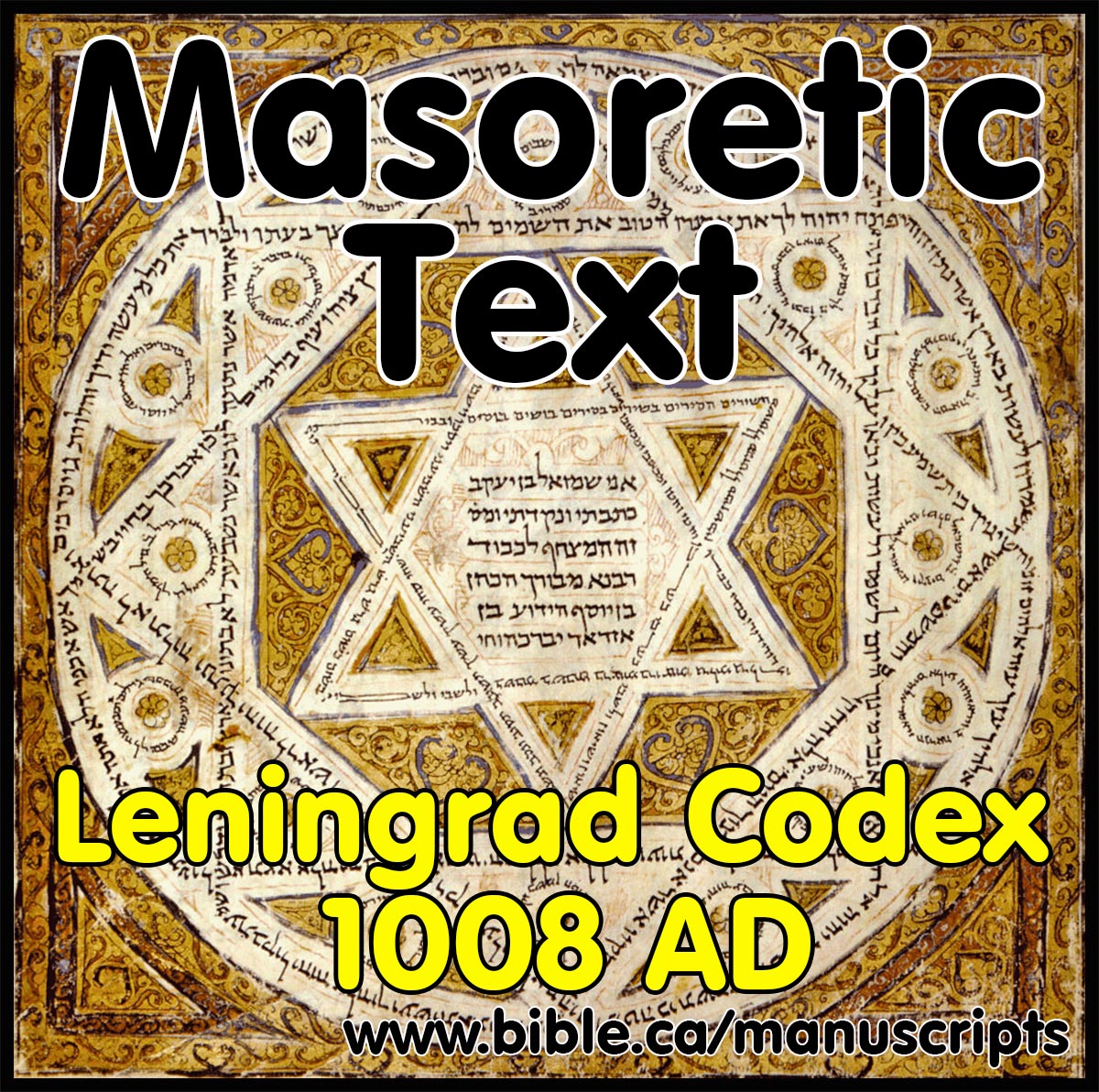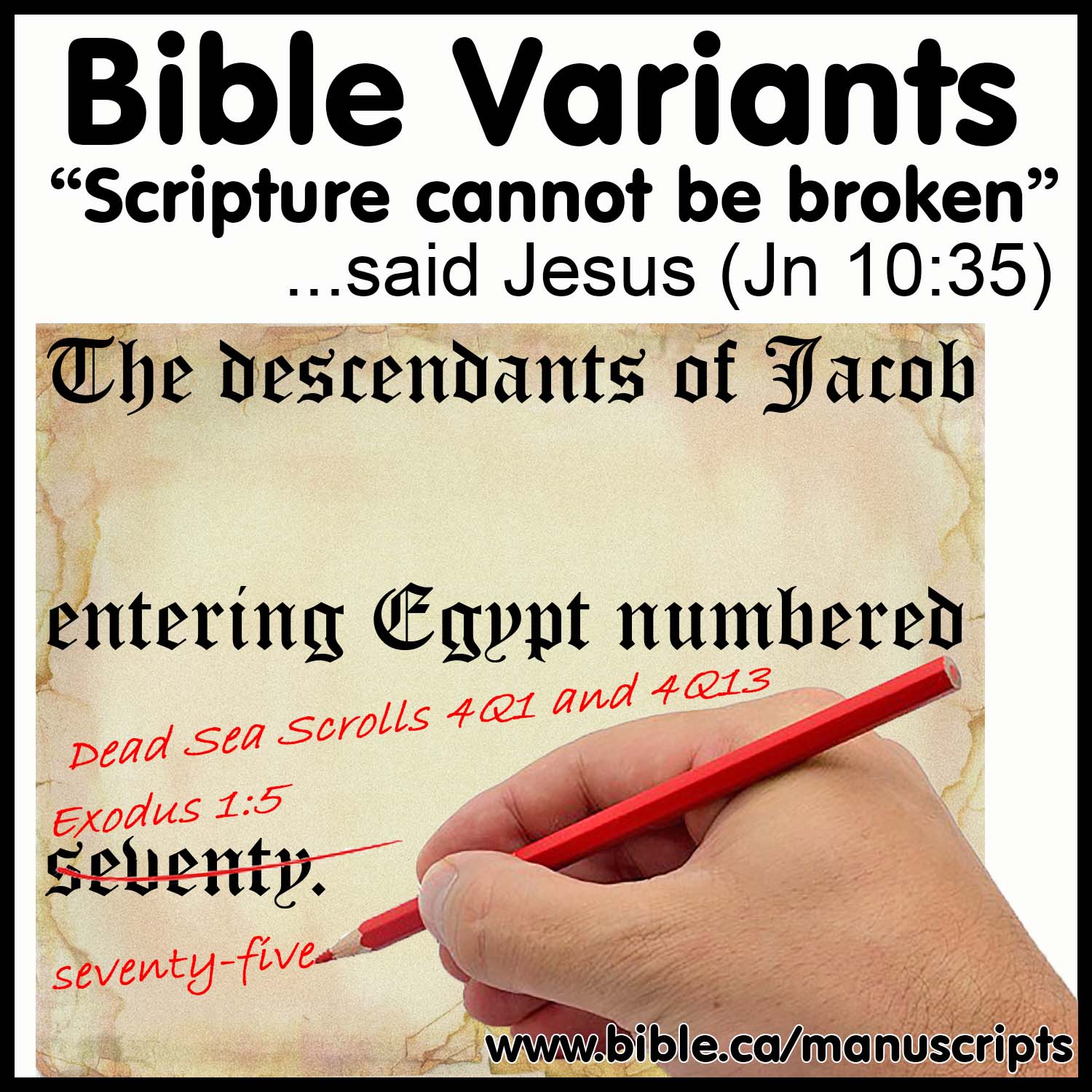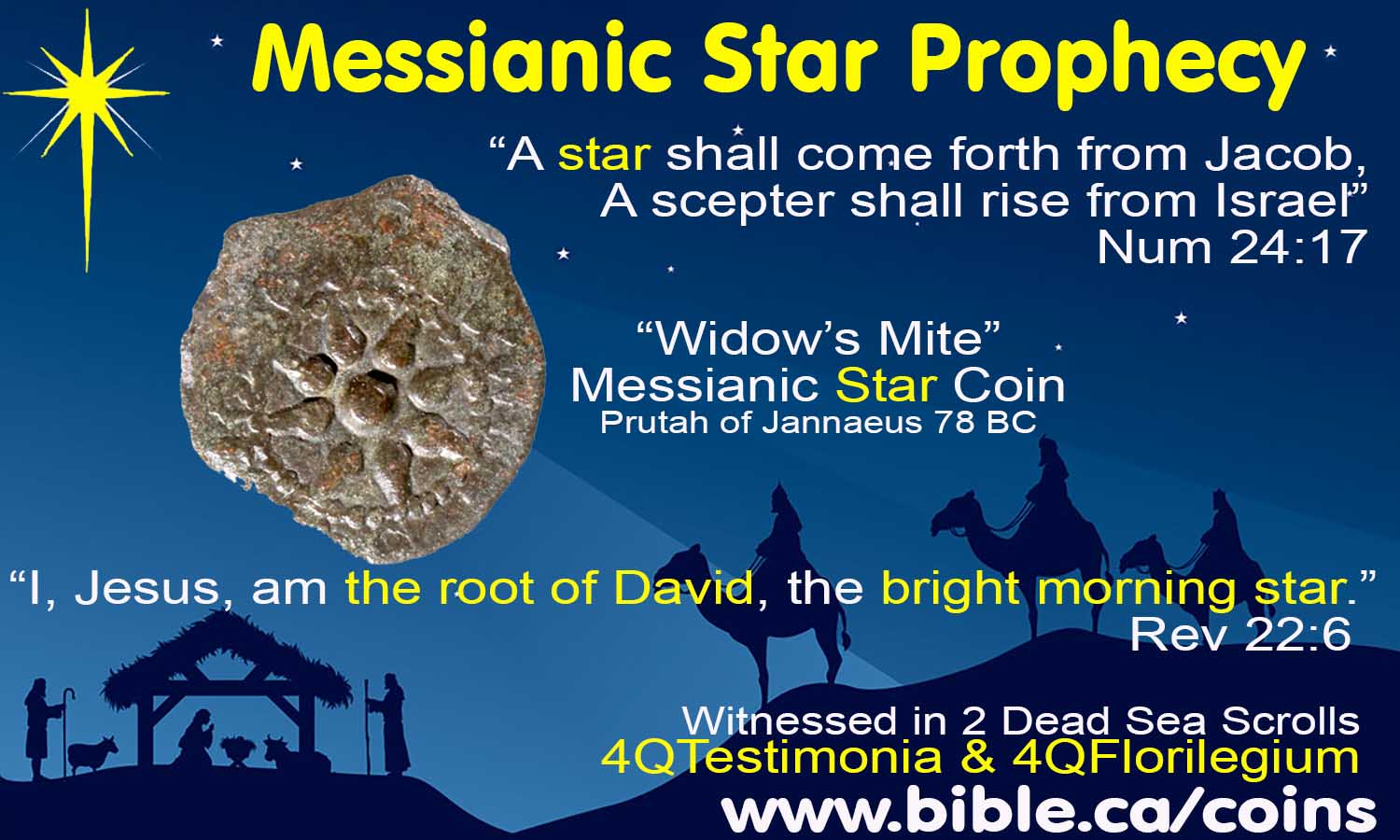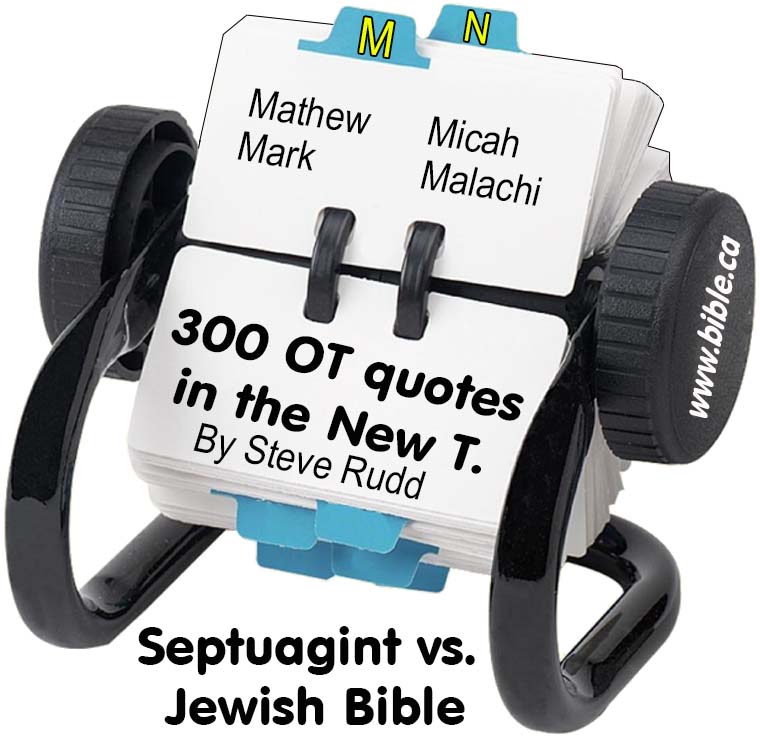Pseudo-Philo 19:14-15
60 AD
Follows Septuagint Chronology
Creation in 5886 BC
Messiah come before 114 AD
Introduction:
1. Pseudo-Philo follows the longer chronological numbers in the Septuagint and not the Masoretic Text.
a. The Pseudo-Philo chronology uses as its foundation, the first century Jewish non-biblical doctrine that the world would end in 7000 years and that the messiah must come before 6000 years.
b. Pseudo-Philo dated the earth to 5886 BC, which meant that year 6000, which is the latest the Messiah can come, will happen in 114 AD.
c. God tells Moses that 2.5 of 7 units remain. This echoes the first century view that the earth would only last 7000 years.
2. Dating Liber Antiquitatum Biblicarum, by Pseudo-Philo
a. “What are the historical consequences of this fact? The presence of a Palestinian biblical text in LAB allows us to establish A.D. 100 as the date before which LAB must have been composed. The biblical documents from Murabba'at suggest that by the beginning of the 2nd century A.D. an authoritative text of the Hebrew Bible had been promulgated and that this text was the archetype of the medieval Masoretic manuscripts." The scrolls found at Masada may even enable us to push back the existence of the rabbinic recension, if not its official promulgation, to before A.D. 73." At any rate, by A.D. 100 an official text had been promulgated, and variant texts seem to have been suppressed. Since the author of LAB used one of these variant Hebrew texts, he probably composed his work before A.D. 100. In fact, given the absence of any genuine reference to the fall of Jerusalem,21 it is likely that the work was composed before A.D. 70.” (The Biblical Text of Pseudo-Philo's Liber Antiquitatum Biblicarum, The Catholic Biblical Quarterly, vol 33, Daniel J. Harrington, 1971 AD)
b. “Pseudo-Philo is the name given the unknown author of Biblical Antiquities (also known as Liber Antiquitatum Biblicarum), a selective narrative of Israel’s history from Adam to David, composed in Hebrew around a.d. 70 in Palestine. Attempts at connecting the work with a specific Jewish group (Essenes, Pharisees, Samaritans) have not been successful. Rather it is best seen as a reflection of how Palestinian Jews in the first century a.d. interpreted the Jewish Scriptures, as a source for the popular biblical theology of the period and as a repository for motifs and legends that are paralleled or even unique in ancient Jewish literature.” (Dictionary of New Testament Background, Craig Evans, Pseudo-Philo, 2000 AD)
3. About Pseudo-Philo: Liber Antiquitatum Biblicarum
a. “A Palestinian origin is indicated by its original composition in Hebrew, use of a Palestinian biblical text, knowledge of Palestinian geography, literary parallels to 4 Ezra and 2 Baruch, and theological interests. A date at the turn of the era is suggested by the silence about the destruction of the Second Temple, the assumption that worship continued at the Jerusalem Temple, and the use of a Hebrew biblical text-type that was suppressed around 100 C.E. (Perrot and Bogaert 1976: 22–74). Those who argue for a late 1st- or early 2d-century C.E. dating (James 1917) appeal to the parallels with 4 Ezra and 2 Baruch (both post-70 C.E.), the great interest in Jewish leaders, and the possible allusion to the fall of the Second Temple in 19:7. (ABD, Philo, Pseudo-)
b. “Another proof that LAB was originally written in Hebrew rather than in Aramaic is the phrase in victoria (9:3) and ad victoriam (12 :6). The phrase, of course, can be traced back through the Greek to the Hebrew; the meaning is "forever." What is important is that in Aramaic the root nn was not used as in Hebrew to mean "forever" or "everlasting." In the Aramaic dialects nYi has only the sense of "splendor" or "victory." In LAB, however, the meaning is clearly "forever" in both passages. In the Peshitta the root tt: is substituted for rin to convey a temporal sense as in II Sam. 2:26; Isa. 13:2o; 25:8; Ps. 10:11. A similar situation prevails in the Targums. A most instructive and decisive instance is the Peshitta on Jer. 3:5, where the MT has the parallelism which in the Peshitta is rendered. Finally, the fact that there is not any really solid evidence on which to argue that LAB was composed in Aramaic is important. Words such as vero and autem near the beginning of many sentences may seem to be possible Aramaisms (corresponding to riN), but are probably better explained as translations of Greek particles (e.g., SO. When the lack of counterargument is coupled with good proofs that LAB was composed in Hebrew, we are led to conclude that Hebrew rather than Aramaic is the original language of LAB.” (The Original Language of Pseudo-Philo's Liber Antiquitatum Biblicarum, Daniel J. Harrington, Western Theological Review 63, p503-514, 1970 AD)
60 AD: Pseudo-Philo 19:14-15 the creation (5886 BC) and Messiah come before 114 AD, matches LXX
1. Context of Pseudo-Philo 19:14-15:
a. Moses asks God just before he dies, how much time remains until the end of time.
b. God tells Moses that 2.5 of 7 units remain.
c. This echoes the first century view that the earth would only last 7000 years.
2. Calculating creation dates:
a. The seven units equals 7000 years in keeping with the widely believed view that the world would only last 7000 years with the messiah coming by year 6000.
b. Moses died in 1406 BC
c. Math: Creation = 4.5/7 = 0.64*7000 = 4480 years before Moses died = 4480 + 1406 BC = 5886 BC
d. Creation date: 5886 BC
e. Septuagint creation date is 5554 BC
f. MT creation date is 4174 BC
g. While the creation date almost a perfect match to the Septuagint (LXX).
h. Math: end of world: 2.5/7 = 0.36*7000 years = 2520 years after Moses death in 1406 till the end of the world = 2520 - 1406 BC = 1114 AD at year 7000.
3. Calculating messiah dates:
a. Messiah comes no later than year 6000 = 114 AD.
b. Messiah must come before 114 AD
Conclusion:
1. Although we do not know who the real author of “Pseudo-Philo” is, it provides an important historical window into first century Jewish messianic thinking.
2. What is clear, is the Pseudo-Philo was using the chronological numbers in the Septuagint and the Hebrew Bible.
3. This proves, that at this time, the Chronological numbers of Genesis 5 and 11 were the same in both the Greek (LXX) and the Masoretic (Hebrew) Bibles in 60 AD.
4. It was not until around 150 AD that the Jews altered the chronological numbers in their Hebrew Bible to rule out Jesus coming within the messianic window of the “Days of the Messiah”
|
The Septuagint LXX “Scripture Cannot Be Broken” |
|||||
|
Start Here: Master Introduction and Index |
|||||
|
Six Bible Manuscripts |
|||||
|
1446 BC Sinai Text (ST) |
1050 BC Samuel’s Text (SNT) |
623 BC Samaritan (SP) |
458 BC Ezra’s Text (XIV) |
282 BC Septuagint (LXX) |
160 AD Masoretic (MT) |
|
Research Tools |
|||||
|
Steve Rudd, November 2017 AD: Contact the author for comments, input or corrections |
|||||
By Steve Rudd: November 2017: Contact the author for comments, input or corrections.
Go to: Main Bible Manuscripts Page
